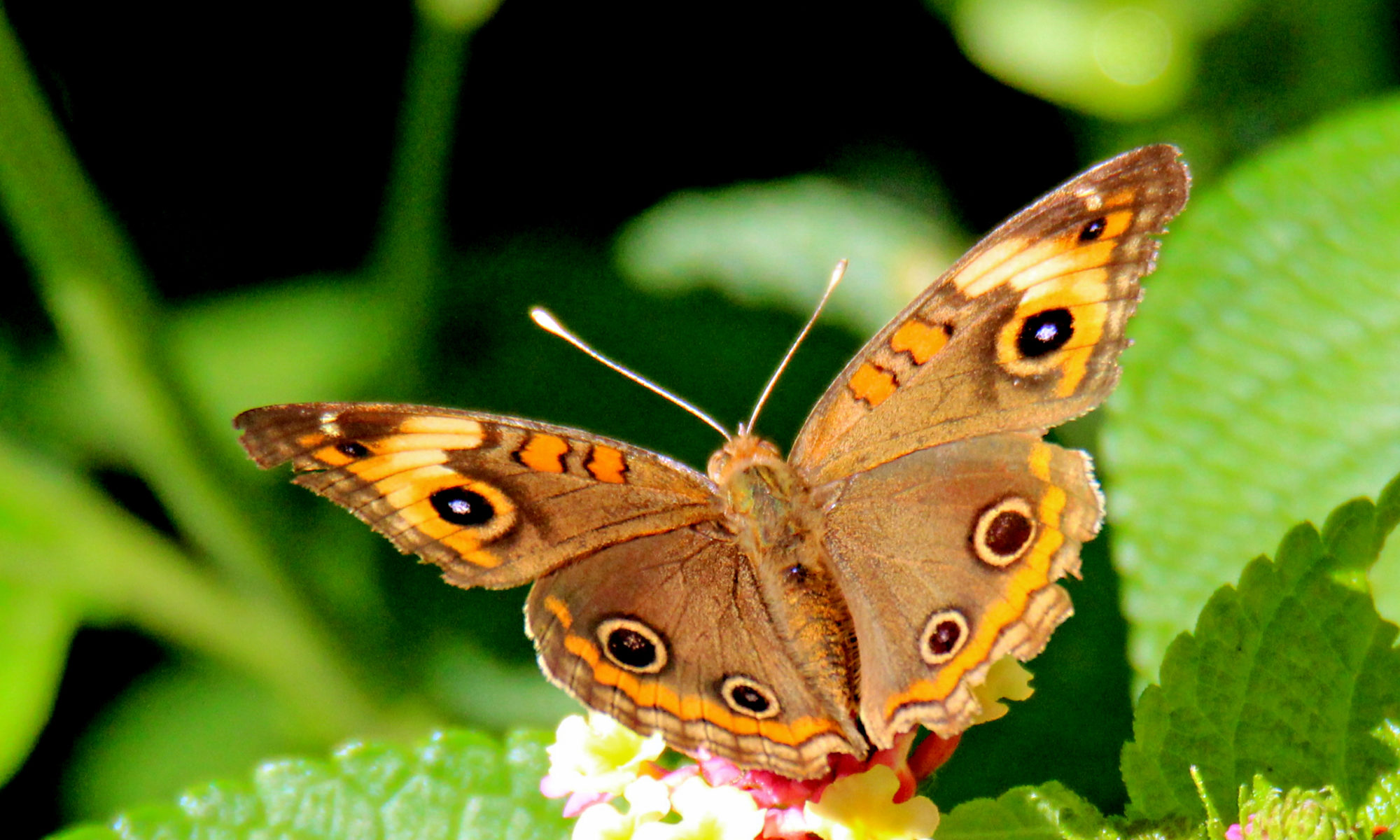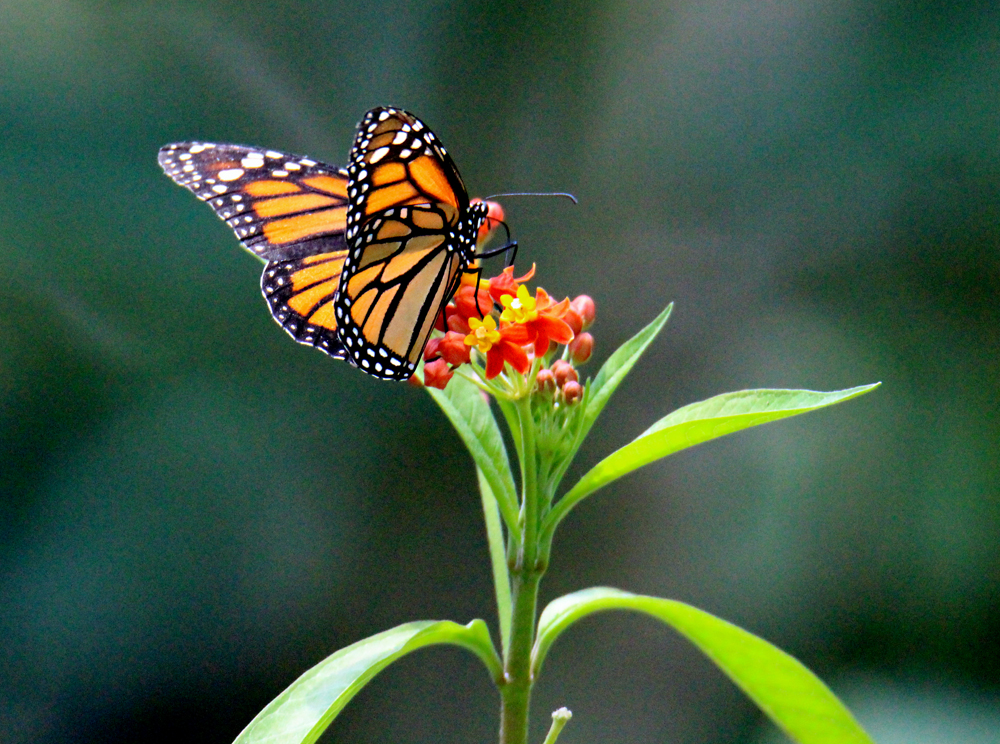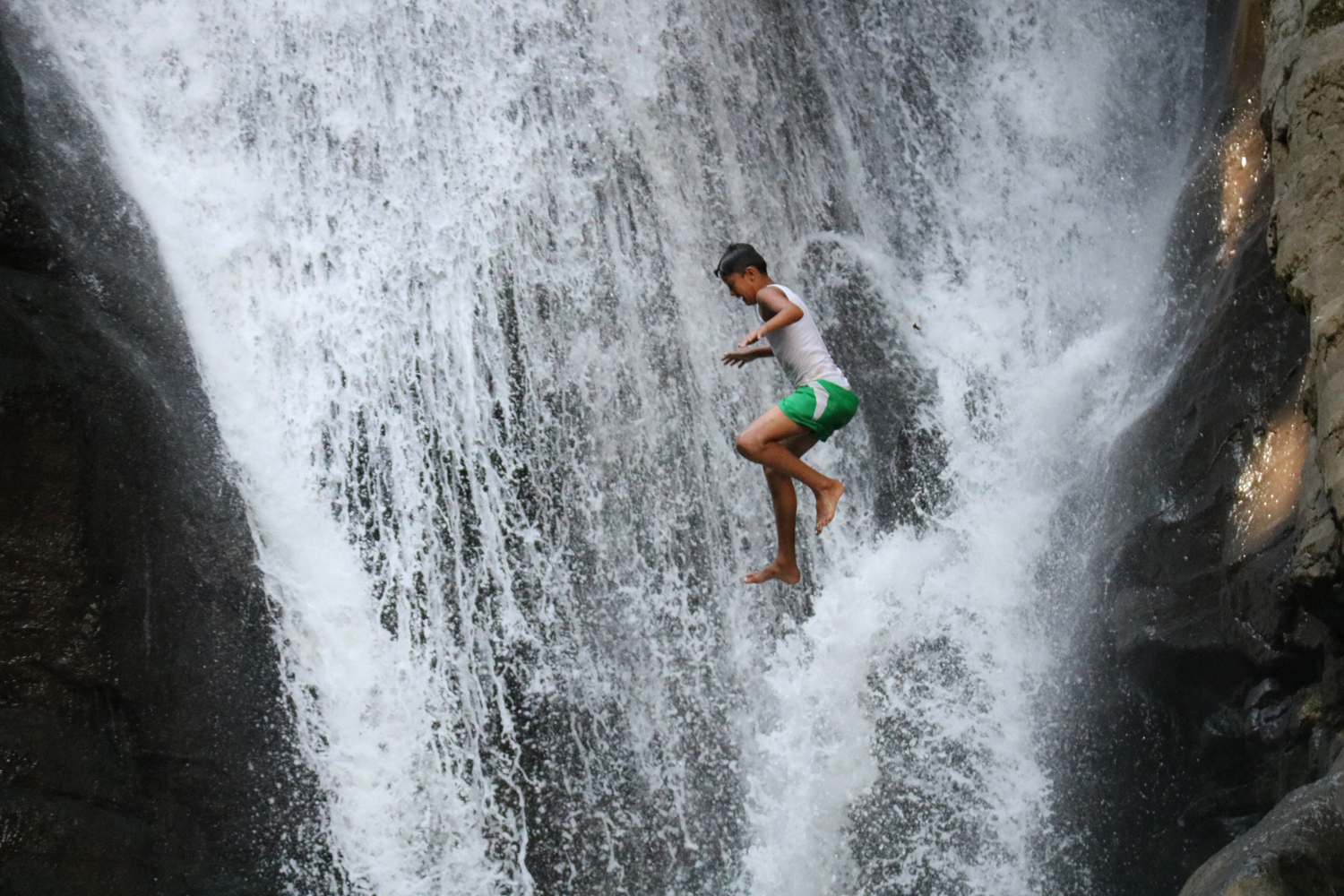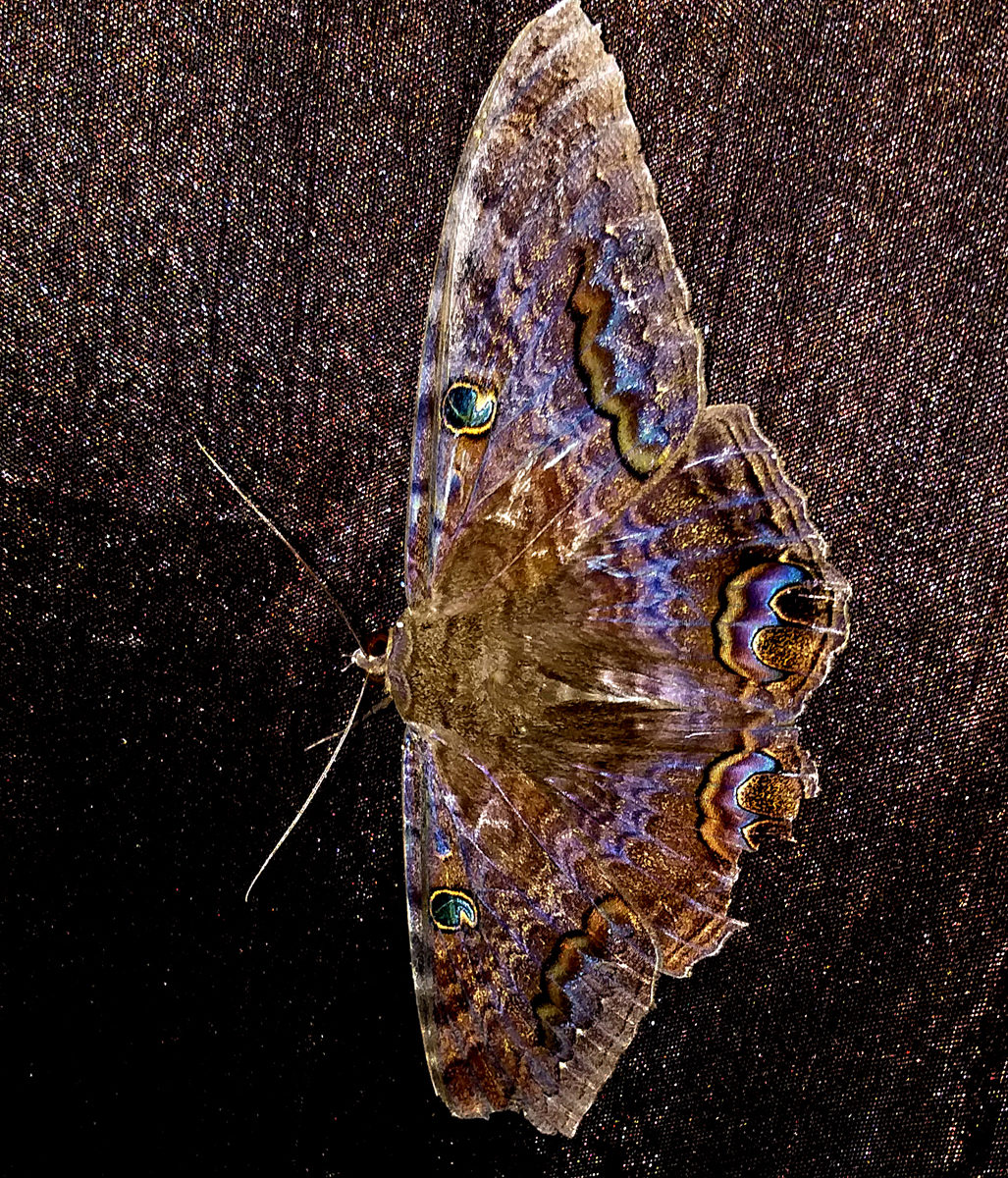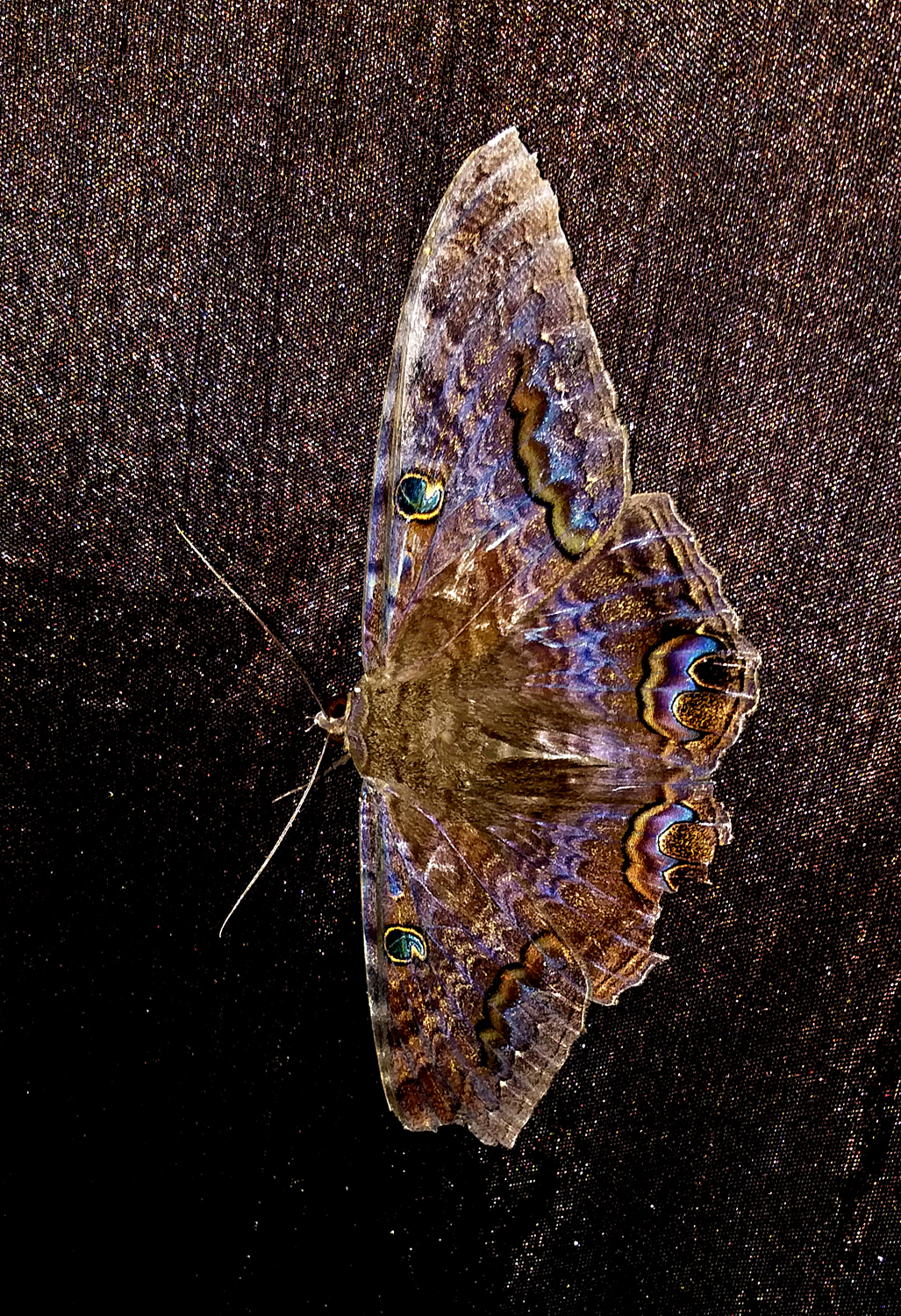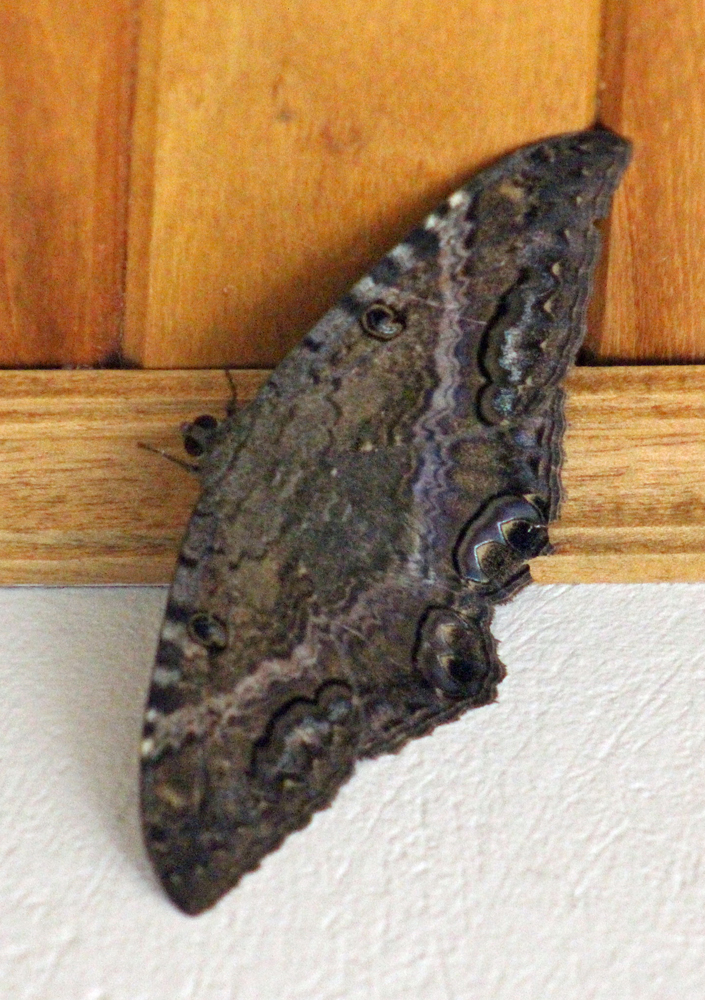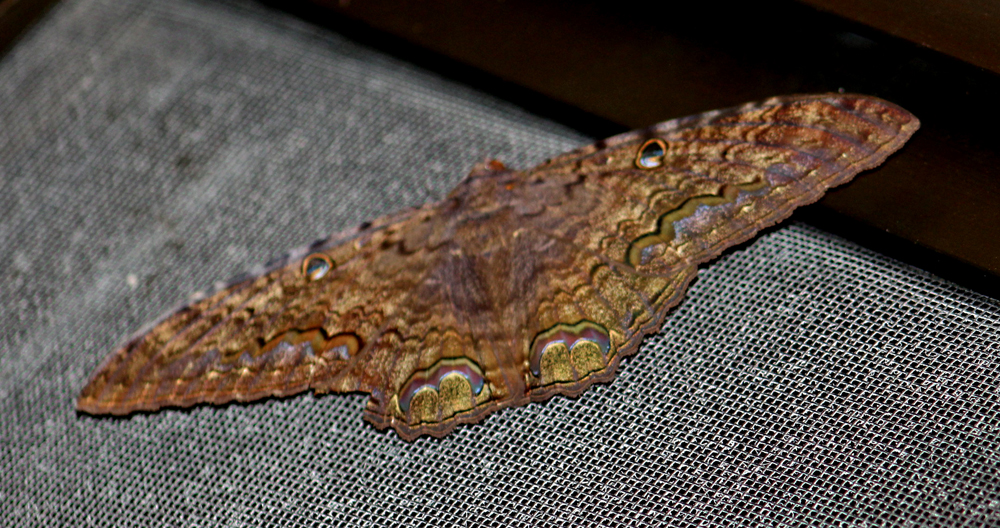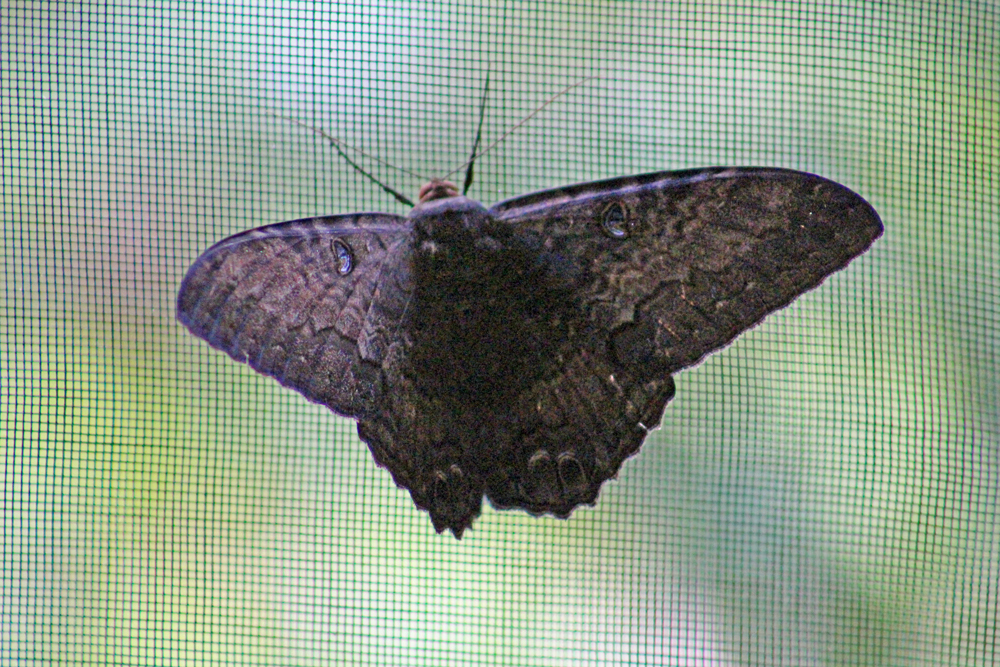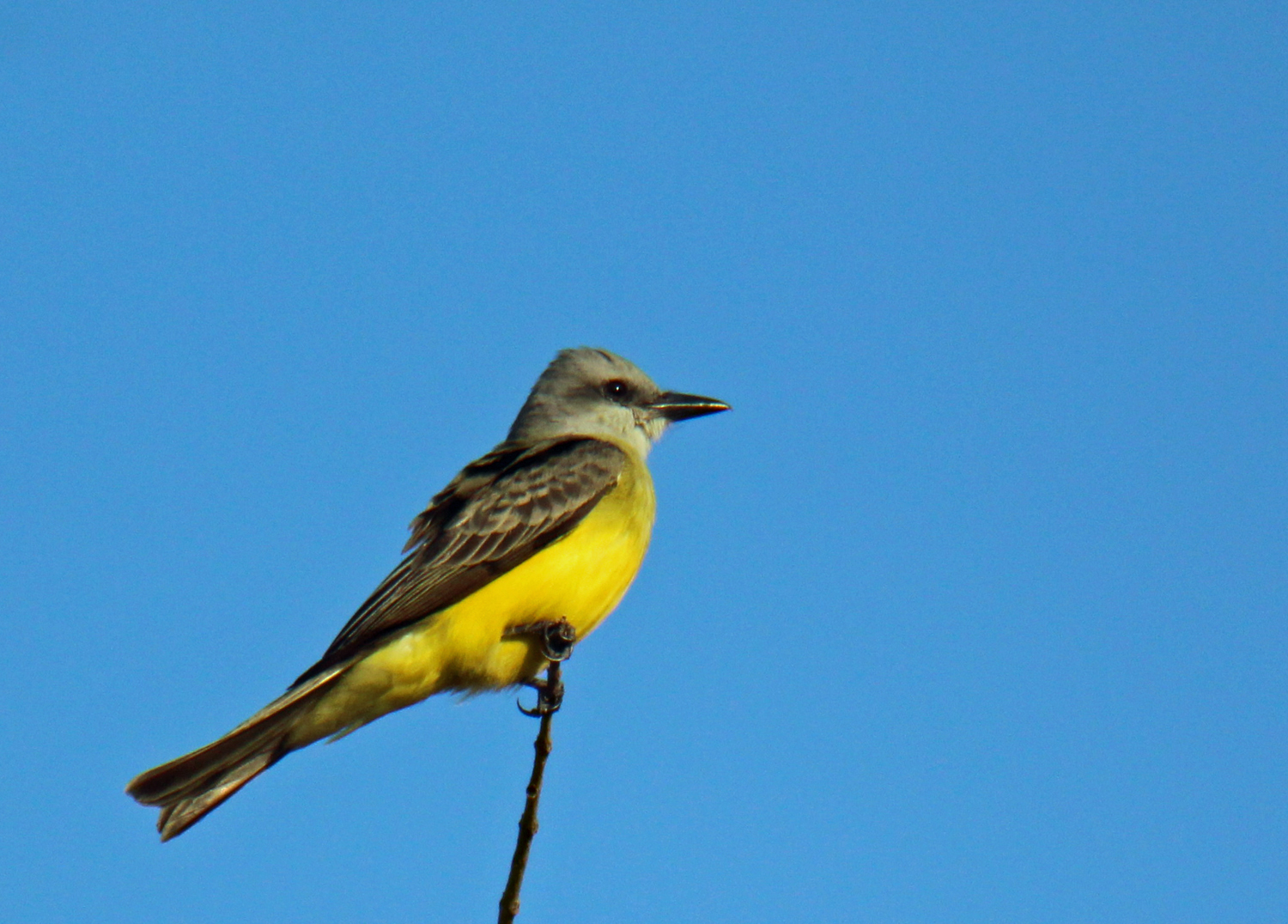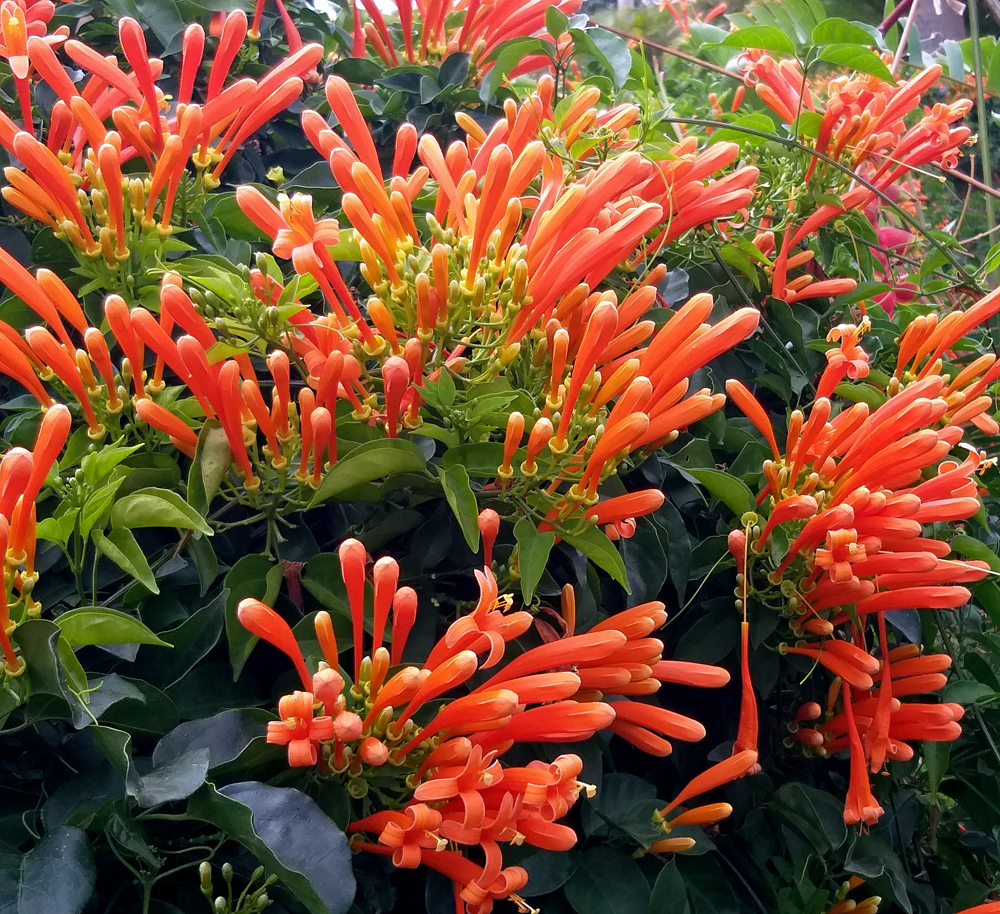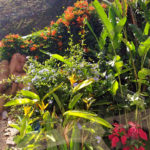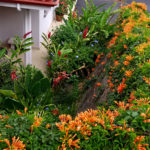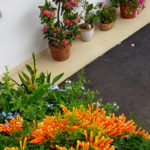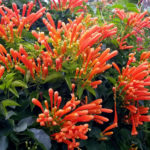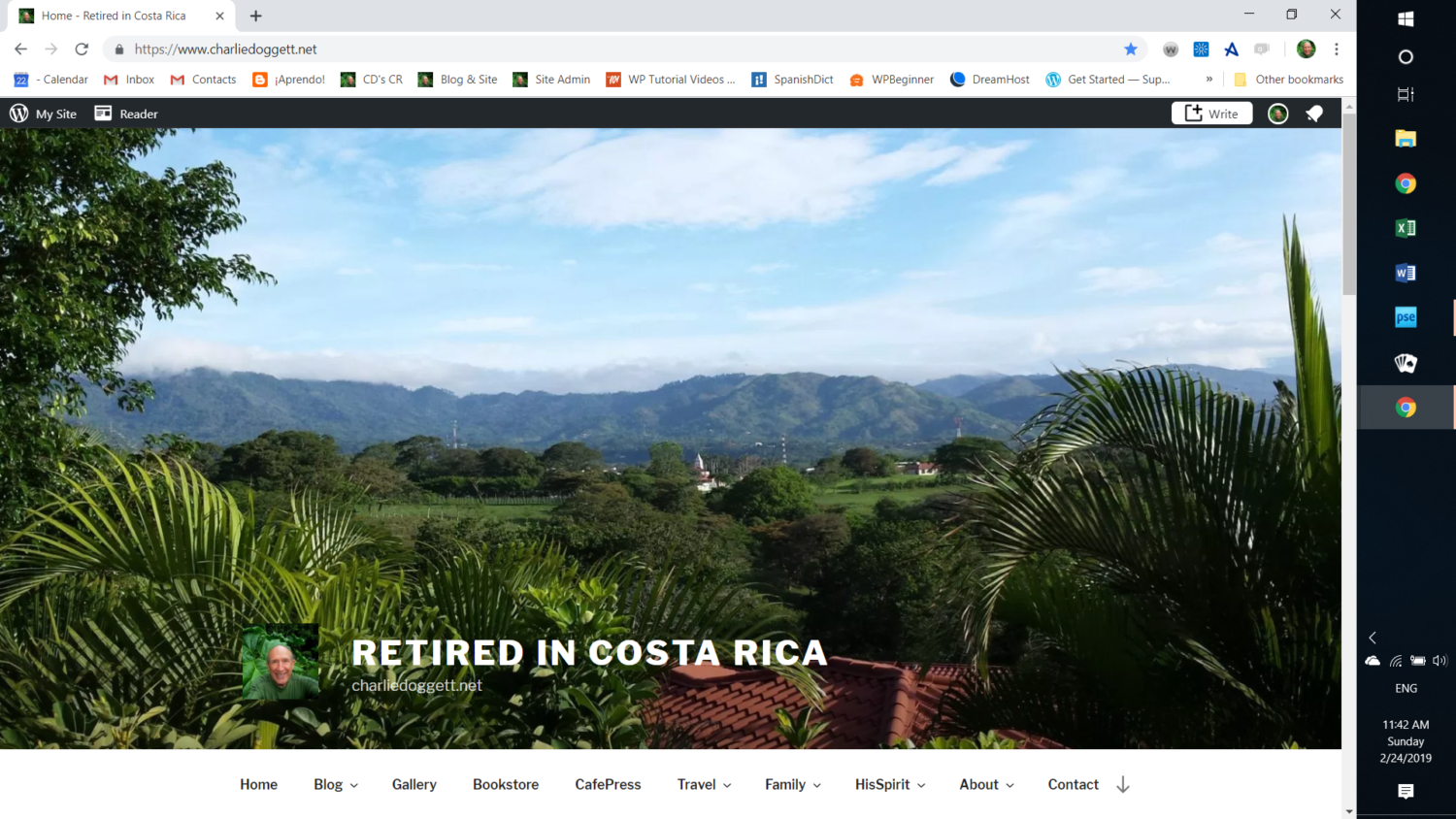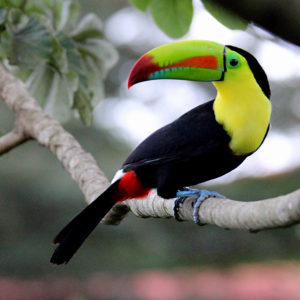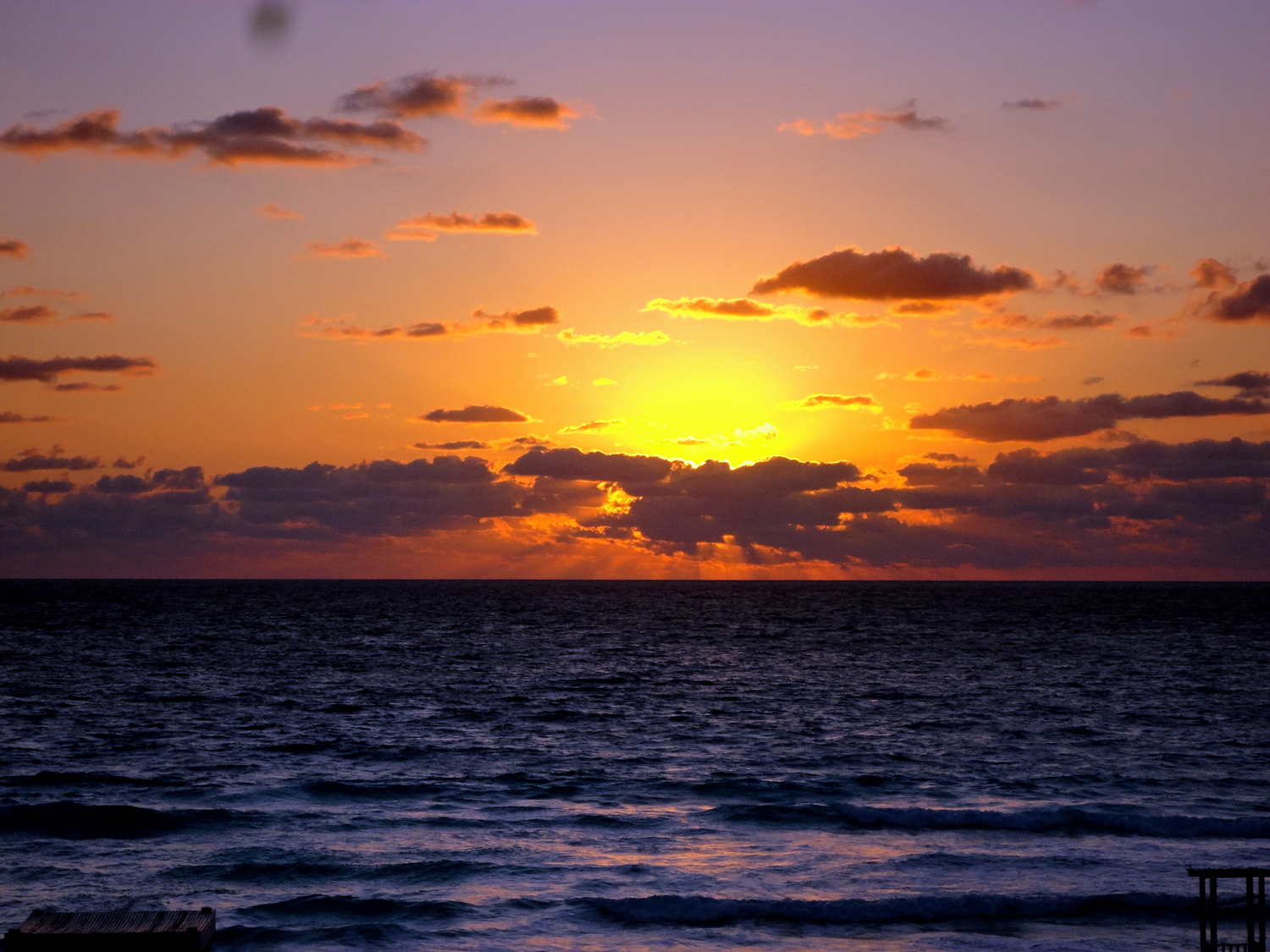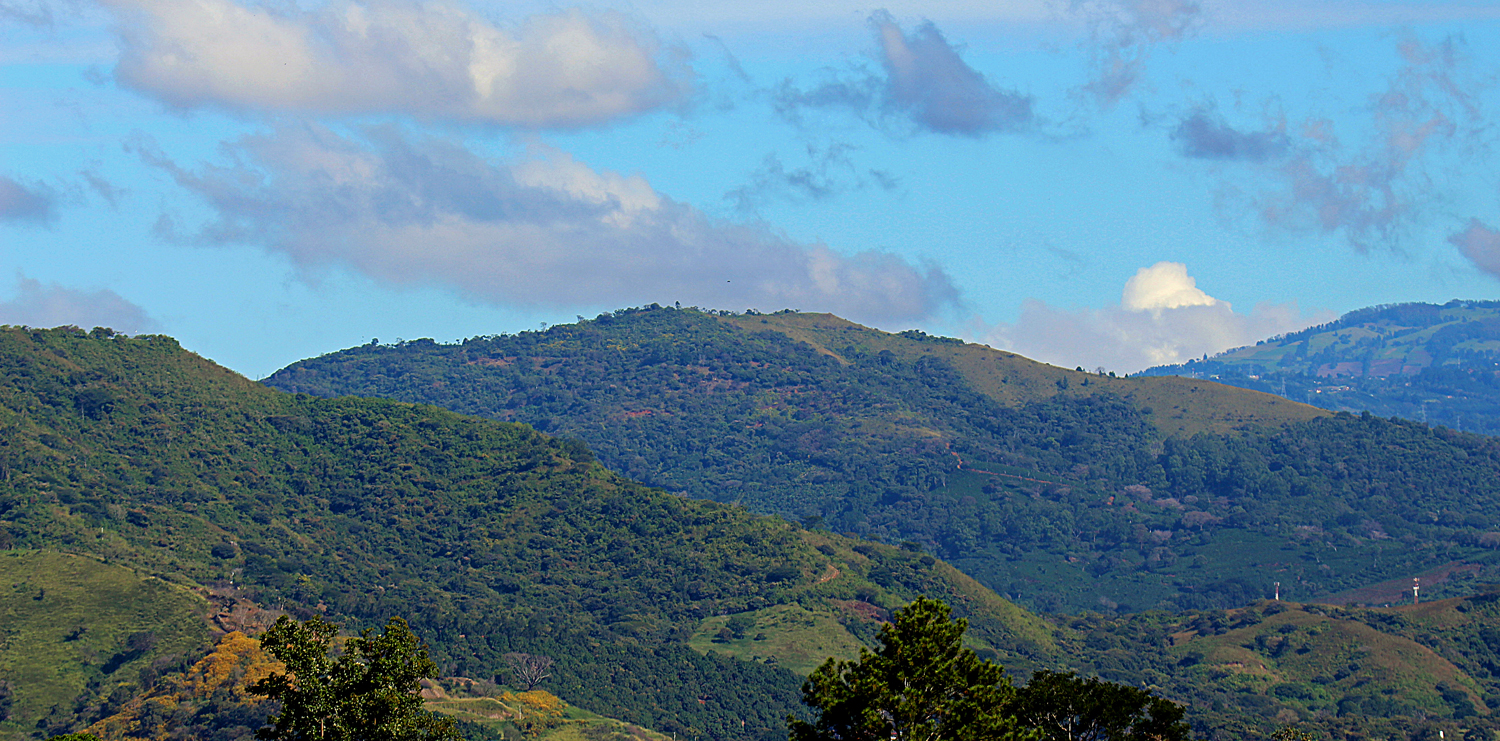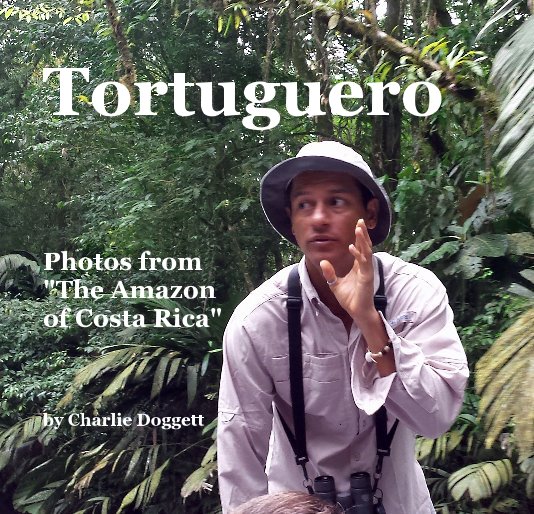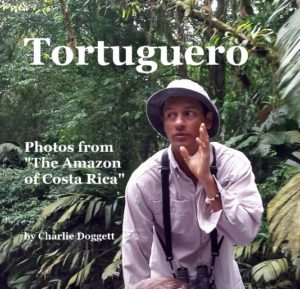Punta Leona is huge and having a car here would be helpful, though they do have shuttle vans when available, but as always, the walking is good for me! 🙂 And I’m exhausted from walking several hours today!
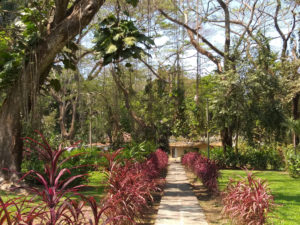
They are strict about the 3PM check-in time meaning they held my luggage from my 11AM arrival until 3 at the front desk while I explored, photographing birds and butterflies in their above-average butterfly garden, finding the Scarlet Macaws and their nest boxes that are all very, very high in very, very tall old trees.
I walked to the closest beach, Mantas Beach and may wait for the shuttle to see Playa Blanca. In the midst of what must have been a gorgeous old-growth forest they have placed buildings of all kinds while saving a lot more big old trees than most developers, but it is still a development with houses, condos, hotels, cabins, restaurants, etc.
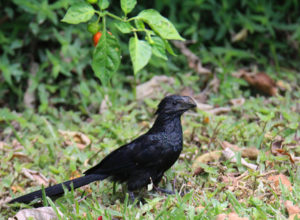
Except for the Scarlet Macaws, all the birds I saw today are pretty common all over Costa Rica. I’m doing the 6AM birding hike on property in the morning (Wed) and Thursday morning I’m going with a guide to Carara National Park. The transportation to Tarcoles River is pretty expensive, so I decided to pass on that, since I’ve been there about 8 or 9 times! The rest of the week I’ll just explore their huge property. And oh yeah, I have to wear one of those plastic bracelets while on the property, 🙂
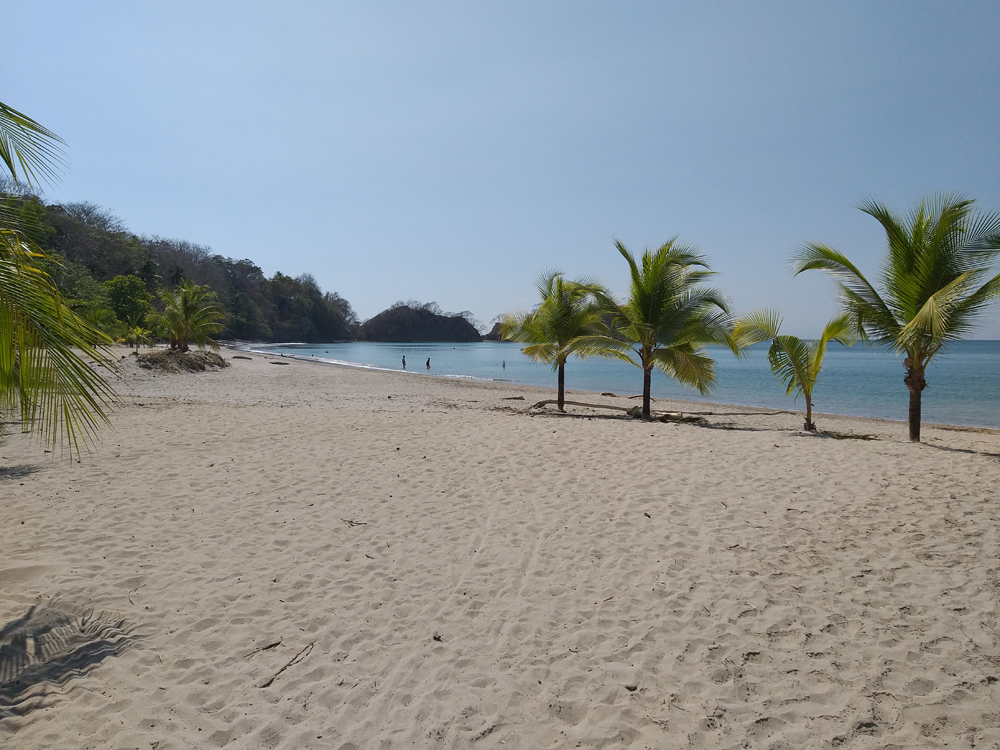
See my Punta Leona Trip Gallery
And visit the Hotel Punta Leona Website for more about this nature place!
¡Pura Vida!
